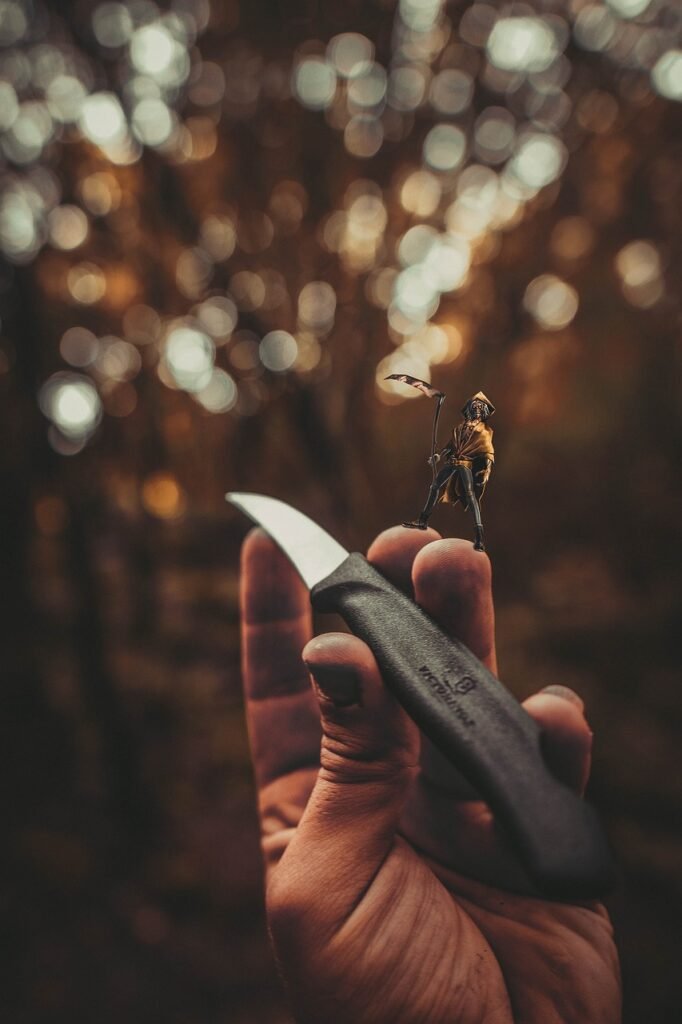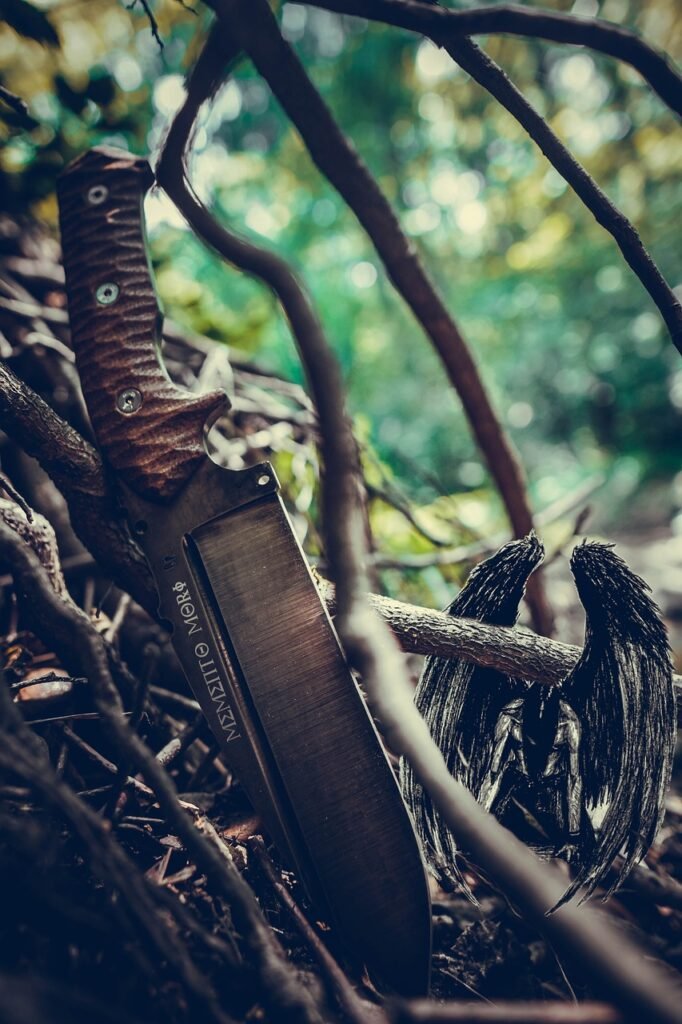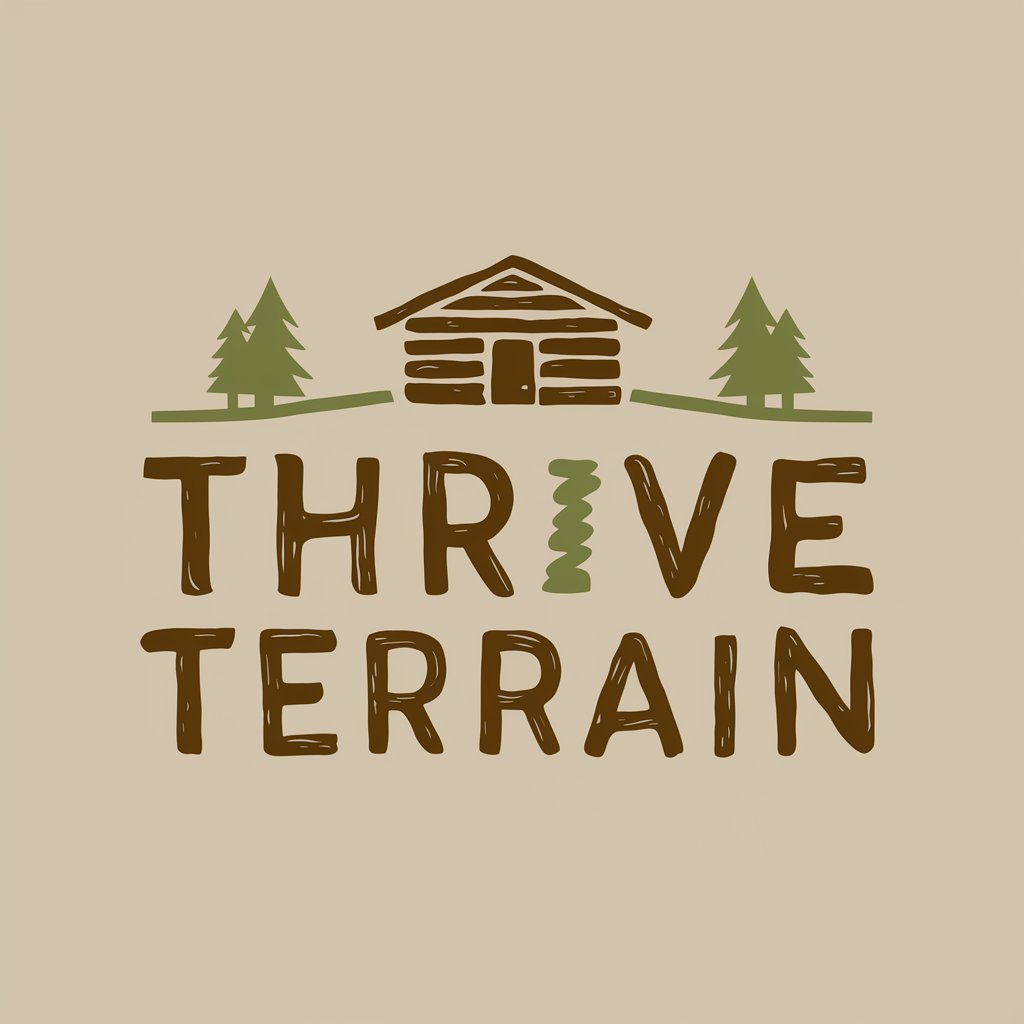Are you confident you could pick the right survival knife if an emergency suddenly required one?
How Do You Choose The Best Survival Knife For Emergencies?
Choosing a survival knife is about matching the tool to the situations you might face and to how you handle gear under stress. You’ll want to think about materials, design, ergonomics, legal limits, and how you plan to use the knife in real emergencies.
Why a Survival Knife Matters
A survival knife can be a life-saving, multi-purpose tool when you need to cut cordage, prepare food, start a fire, perform first aid, or build shelter. You want a knife that’s reliable under heavy use and simple to maintain when conditions are poor.
What Defines a “Survival Knife”
A true survival knife is rugged, versatile, and easy to use even when you’re cold, wet, or fatigued. It’s usually full-tang, has a fixed blade, and combines tasks like chopping, carving, and prying without breaking.
Types of Knives: Fixed Blade vs Folding vs Multipurpose Tools
You need to know the strengths and limits of different knife styles to choose the right one for emergencies. Fixed blades are often recommended for survival, but other options have places in your kit.
Fixed Blade Knives
Fixed blade knives are stronger and more reliable because they lack moving parts. You’ll find they handle heavy tasks like batoning wood or prying better than folding knives.
Folding Knives
Folding knives are compact and convenient for everyday carry (EDC), but they introduce a folding mechanism that can fail under extreme stress. For light survival tasks or as a backup, a high-quality locking folder can still be useful.
Multi-tools and Combination Tools
Multi-tools combine pliers, screwdrivers, and knives into one device, giving you versatility in non-cutting tasks. You should consider a multi-tool as a complement rather than a replacement for a serious survival knife.
Table — Quick Comparison: Fixed Blade vs Folding vs Multi-tool
| Feature | Fixed Blade | Folding Knife | Multi-tool |
|---|---|---|---|
| Strength | Very high | Moderate | Moderate |
| Portability | Bulkier | Compact | Compact |
| Maintenance | Easier | More parts to maintain | Complex |
| Versatility | Good for heavy tasks | Good for everyday tasks | Good for tools/tasks |
| Best Use | Serious survival | Everyday carry & light survival | Repairs, multi-use situations |

Blade Steel: Choosing the Right Metal
The steel determines how well the edge holds, how easily you can sharpen it, and how the blade resists corrosion. You’ll want to balance edge retention, toughness, and corrosion resistance based on your environment.
Stainless vs Carbon Steel
Stainless steels resist rust better, which helps in wet environments, but some stainless alloys are harder to sharpen in the field. Carbon steels are easier to sharpen and often tougher, but they require care to prevent rust.
Popular Steel Types and What They Mean for You
Different steels perform differently. For example, 1095 carbon steel is tough and easy to sharpen but rust-prone, while 440C stainless offers corrosion resistance with moderate edge retention. Premium steels like S30V or CPM-3V can offer outstanding edge life and toughness at higher cost.
Table — Common Blade Steels Compared
| Steel | Corrosion Resistance | Edge Retention | Toughness | Ease of Sharpening | Typical Use |
|---|---|---|---|---|---|
| 1095 (Carbon) | Low | Moderate | High | Easy | General survival |
| 5160 (Spring) | Low-Moderate | Good | Very high | Moderate | Heavy chopping |
| 440C (Stainless) | High | Moderate | Moderate | Moderate | All-around |
| 154CM/S30V (Premium) | High | High | High | Difficult-Moderate | High-end survival |
| CPM-3V | Moderate | High | Very high | Moderate | Tough-use knives |
Blade Design and Shape
Blade shape affects how you use the knife for cutting, skinning, chopping, or prying. Choose a blade shape that fits the likely tasks you’ll perform.
Drop Point and Clip Point
Drop point blades are controlled, strong, and great for general tasks and carving. Clip point blades have sharper tips for piercing but can be weaker at the tip under heavy loads.
Tanto, Sheepfoot, and Others
Tanto blades are strong at the point and good for piercing, but they’re less useful for fine tasks. Sheepfoot blades are safer for cutting on flat surfaces and are often used in rescue knives where slicing precision matters.
Blade Grind
Grind type—flat, saber, hollow, or convex—affects cutting performance and edge durability. Convex and flat grinds are popular on survival knives because they balance sharpness and toughness.

Blade Length: How Long Should the Blade Be?
Blade length influences versatility, safety, and packability. You’ll need a blade long enough for heavy tasks but short enough to control and safely carry.
Recommended Length Ranges
For most survival situations, a blade length between 3.5 and 6 inches is ideal. Under 3.5 inches limits chopping and batoning; over 6 inches becomes unwieldy and harder to legally carry in some areas.
What Different Lengths Are Best For
Short blades (2.5–3.5 in) are precise and easy to carry; medium blades (3.5–5 in) are versatile for most survival chores; long blades (5–7 in) can baton and chop better but add weight and risk.
Table — Blade Length Guide
| Blade Length | Best For | Drawbacks |
|---|---|---|

